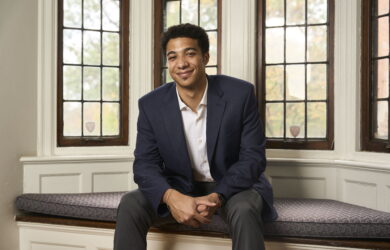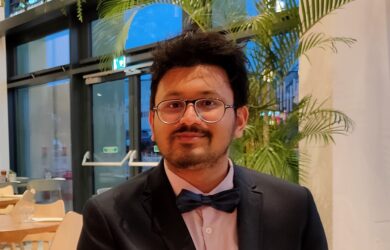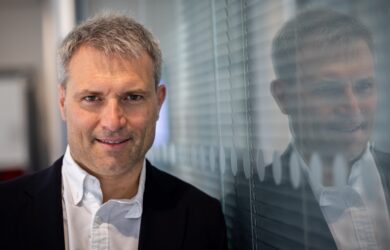A new computational method which can identify changes in the epigenome across human populations that are associated with diseases such as arthritis has been developed by Gates Cambridge Alumnus James Zou.
A new computational method which can identify changes in the epigenome across human populations that are associated with diseases such as arthritis has been developed by a Gates Cambridge Scholar.
James Zou leads a study on the method which has just been published in Nature Methods.
There has been a lot of interest in finding genetic mutations associated with diseases, but finding epigenetic changes has been challenging up until now.
It is well known that genetic changes, i.e. mutations to DNA, can increase or decrease our risk for a variety of diseases. However, increasing interest is now focusing on how epigenetic changes – changes in the 3D packaging of DNA inside the cell and which part of the genome is accessible – can also be a significant driver for many diseases, including many forms of cancer.
The standard way to identify genetic mutations is to compare the genomes of people with a disease and healthy people to see which mutations are specific to the patients. However, it is very difficult to use this approach to identify epigenetic changes since different cells in the human body have very different epigenomes.
When the epigenome of an individual is measured, a heterogeneous sample of cells is used. So most of the differences highlighted in the epigenomes are due to the fact that samples from different individuals contain different mixtures of cells. This gives rise to many false signals and makes it difficult to identify the true epigenetic changes associated with disease.
The new research proposes a method, FaST-LMM-EWASher, that automatically corrects for cell-type composition without the need for explicit knowledge of it. It was done in collaboration with scientists at Microsoft Research.
James [2007], who did Part III Applied Mathematics at Cambridge, says: “The algorithm we developed for the paper solves this problem by modelling the heterogeneity of samples.”
James is currently a research fellow at the Simons Institute for the Theory of Computing at UC Berkeley. He says some of the mathematical techniques he learnt at Cambridge were essential for developing the algorithm.












